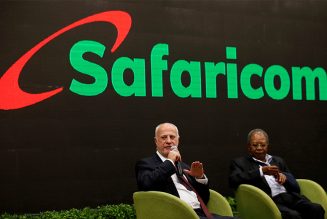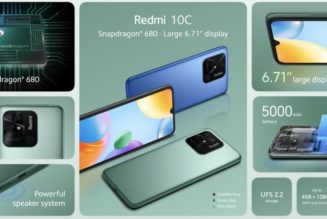Fiorano Software, a leading Enterprise Integration Middleware, API Management and Banking Solutions specialist, announced today the availability of its ISO 20022 Technology platform to simplify and accelerate ISO 20022 adoption for financial institutions.
Fiorano’s technology will enable rapid adoption of the ISO 20022 messaging standard using inbuilt code-less integration, mapping and transformation components that support SWIFT MT, SWIFT MX and ISO 20022 standard translations and transformations out-of-the-box.
“The ISO 20022 standard is becoming common language for payments data across the globe. Unfortunately, introducing ISO 20022 into traditional IT environments is not easy as it touches multiple backend systems and the rich nature of messages means maintaining data fidelity can get complex. We have designed the Fiorano ISO framework to accelerate adoption through a powerful set of ISO 20022 ready adapters, connectors and tools that facilitate code-less and rapid readiness” said Biju Suresh Babu, Managing Director of Banking and Financial Services at Fiorano Software.
“In spite of the recent announcement by SWIFT to delay migration of their cross-border payments infrastructure, we have witnessed a jump in uptake of our technology as SWIFT participant banks still need to comply with Universal Confirmations mandates by November 2020, and the Fiorano toolset supports all four SWIFT approved confirmation routes out-of-the-box” he added.
/* custom css */
.tdi_3_c5a.td-a-rec-img{ text-align: left; }.tdi_3_c5a.td-a-rec-img img{ margin: 0 auto 0 0; }
Fiorano’s ISO 20022 Technology facilitates step-up, step-down and transformation of messages, interfaces, systems and endpoints through a zero-code process design, deployment and debugging environment. It eliminates data truncation issues and delivers ISO capabilities and enrichment in real-time across multiple channels.
Built on Fiorano’s Hybrid Integration Platform (HIP), the platform’s underlying asynchronous messaging and event-driven capabilities support multi-speed IT, allowing senders and receivers to operate at different speeds, without the risk of throttling legacy systems.
Staff writer
/* custom css */
.tdi_4_b2b.td-a-rec-img{ text-align: left; }.tdi_4_b2b.td-a-rec-img img{ margin: 0 auto 0 0; }









